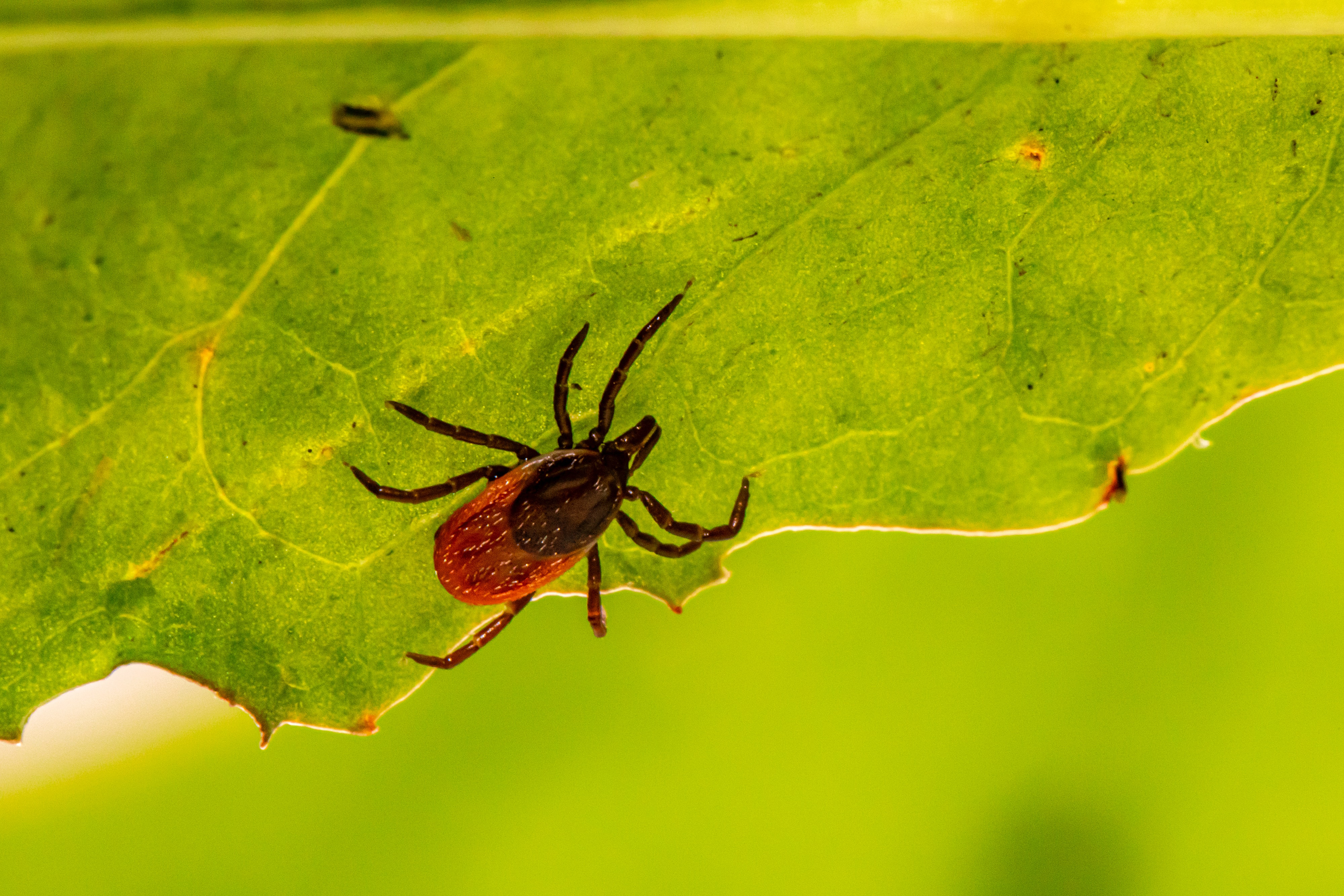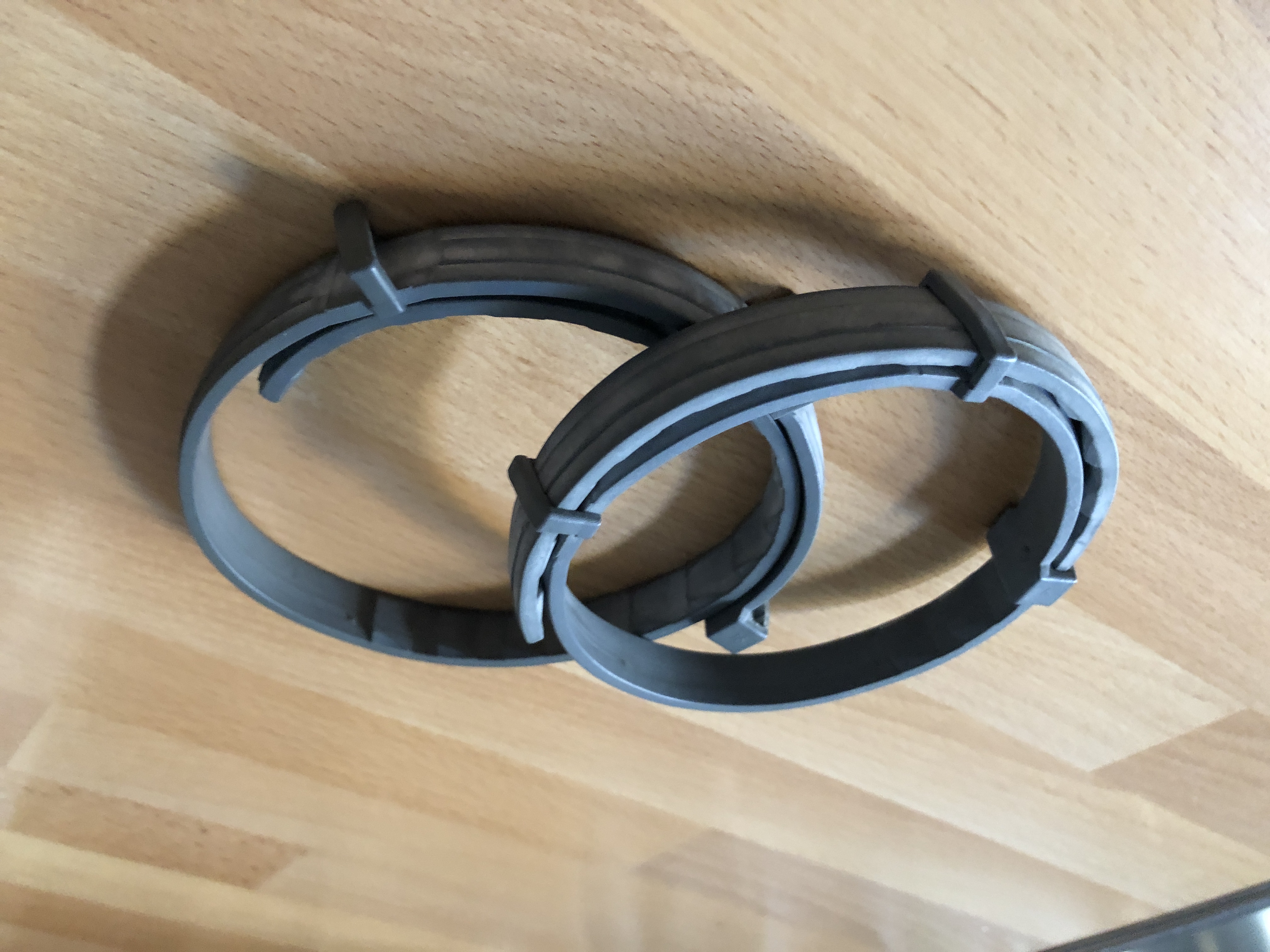Ticks, be gone
Everyone who’s ever owned a dog or cat will have had the unpleasant experience of walking about your home and finding a fat tick on the floor, or worse, only noticing it after you’ve stepped on it. Ticks are not only gross to look at, they also carry diseases that can cause significant harm to your pet, so make sure that your dog is properly protected.
Tick season
While ticks are commonly thought to be more active in late spring and summer, rising temperatures give them a wider window of opportunity throughout the year. The geographical distribution of ticks is changing due to climate change, deforestation and the changing habitat of wildlife. Temperatures below 45°F (7°C) keep ticks from being active, but as soon as temperatures climb above that, these unwanted visitors might make an appearance on your dog more often. Especially, if your walks take you into nature and the woods frequently, effective tick protection is key.

Tick-borne diseases
Ticks are carriers of diseases, such as Lyme disease (Borreliosis), Ehrlichiosis, Rocky Mountain Spotted Fever, Babesiosis, and Anaplasmosis, which if left untreated can cause serious health problems for your dog or even lead to its death.
In some diseases, like the Lyme disease - an infectious disease caused by the bacteria Borrelia burgdorferi - signs of illness may occur only about 2-5 months after a tick bite.
In Canine Babesiosis a tick-borne parasite thrives in the dog’s red blood cells causing the break down of the red blood cells and resulting in symptoms like lethargy, pale gums, and dark-coloured urine.
Bacteria called Rickettsial organisms transmitted by ticks are responsible for the diseases Anaplasmosis, Ehrlichiosis, and Rocky Mountain Spotted Fever. Signs of these diseases include fever, loss of appetite and also low blood platelets causing bleeding disorders and anemia.
Tick-borne diseases are often particularly challenging to diagnose.

Ticks transmit bacteria, viruses, or parasites into the bloodstream about 12 to 48 hours after latching onto your dog’s skin. This is where tick protection comes into play, as the different products either work as a repellent, or kill off the ticks as soon as they start sucking blood. That way, the risk of a disease being transmitted is reduced significantly, so let’s take a look at the options you have.
Tick protection
Spot-ons
A spot-on is a liquid ointment applied directly onto the skin. By parting the fur in the neck area, the spot-on gets distributed all over your dog’s body, fighting off ticks and fleas. After applying it, your dog should stay out of the water for a week, to guarantee that the remedy is not washed off. The spot-on lasts for about four weeks, with some products killing ticks as soon as they start sucking blood, and others functioning as a repellent. It’s easy to use and effective, although you might want to keep an eye out for your clothes and furniture after freshly applying it. It can happen that some dogs do not tolerate certain substances of certain spot-ons. In these cases, you have to find the right spot-on for your dog first or have to switch to another variant as protection against ticks.
Collars
Collars against ticks and fleas repel, paralyze, and kill off the parasites before they can get to your dog’s skin.

Their durability differs depending on the manufacturer, although most of them promise the effect to last for three to six months. Collars are easy to use and low maintenance, although some might find the smell a bit irritating. Although they are usually not a feast for the eyes and can also prove to be impractical if they tangle with the normal collar, they have the huge advantage that they can be removed immediately if the dog shows intolerance.
Chewing tablets
Luckily mistaken by dogs for a simple treat, chewing tablets against ticks are easy to administer and effective for at least four weeks. They reliably kill off ticks as soon as they start sucking blood, although they don’t outright repel them. If your dog has sensitive skin that might be irritated by a collar or spot-on, chewing tablets could be a good alternative. It is best to consult your vet before deciding on the tablets, as any side effects are less easy to intervene with than, for example, the option with the collar, which can simply be taken off.
If you have a puppy, a pregnant bitch or a sick animal, please consult your veterinarian about the best way to protect your pet.
Please note that, while there are lots of ‘natural remedies’ against ticks to be found on the internet, like amber necklaces and certain oils, their effectiveness has not been proven. Be on the safe side and rely on scientifically tested products that guarantee your dog protection from diseases.
Ticks on your dog
While all these products should help to repel and kill off ticks, there’s still a chance your dog will bring one or two of them home. Oftentimes you’ll notice them coincidentally while mindlessly petting your dog, but it’s helpful to also check regularly in those areas that ticks usually go for. Neck, ears, belly, inner thighs and the space between the toes are prone to hosting the parasites. Brushing your dog’s fur after walks and time outside can keep the ticks from making it all the way to the skin.

If you find a tick that’s already attached, you’ll need to remove the whole thing carefully to prevent an infection of the bite. The easiest way to make sure that you’ll get it off in one piece is to use a tick hook, a fork-like piece of plastic that you slide between the tick and your dog’s skin. However, normal tweezers also work.

Do not twist the tick and especially do not squeeze it, as this makes it easier for pathogens to get into the wound. Do not flush the tick down the toilet as it can survive. The most effective way to kill a tick is to place it in a folded paper and run a glass of water over the paper with pressure to crush the tick. Avoid direct skin contact with the tick or its secretions.
Lastly, don’t forget about protecting yourself either. Apart from getting vaccinated against Encephalitis (FSME), you can make it harder for the ticks to get to your skin by wearing long-sleeved shirts and trousers when strolling through woods or fields.
Ticks and the diseases they carry is a topic that should be dealt with sooner rather than later. Making sure that your dog is protected, should they encounter these “lovely” parasites, will make your time spent outside safer and more enjoyable. Plus, since all the options mentioned above are easy to use and low in cost, there’s no reason to put tick protection off any longer.